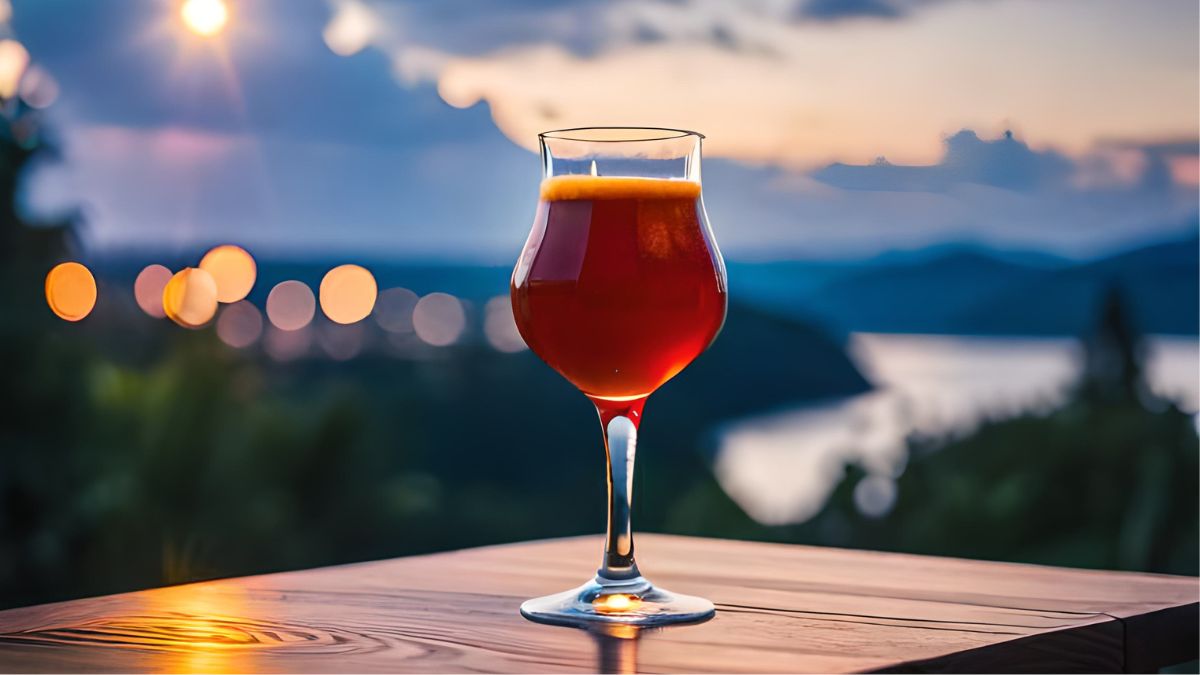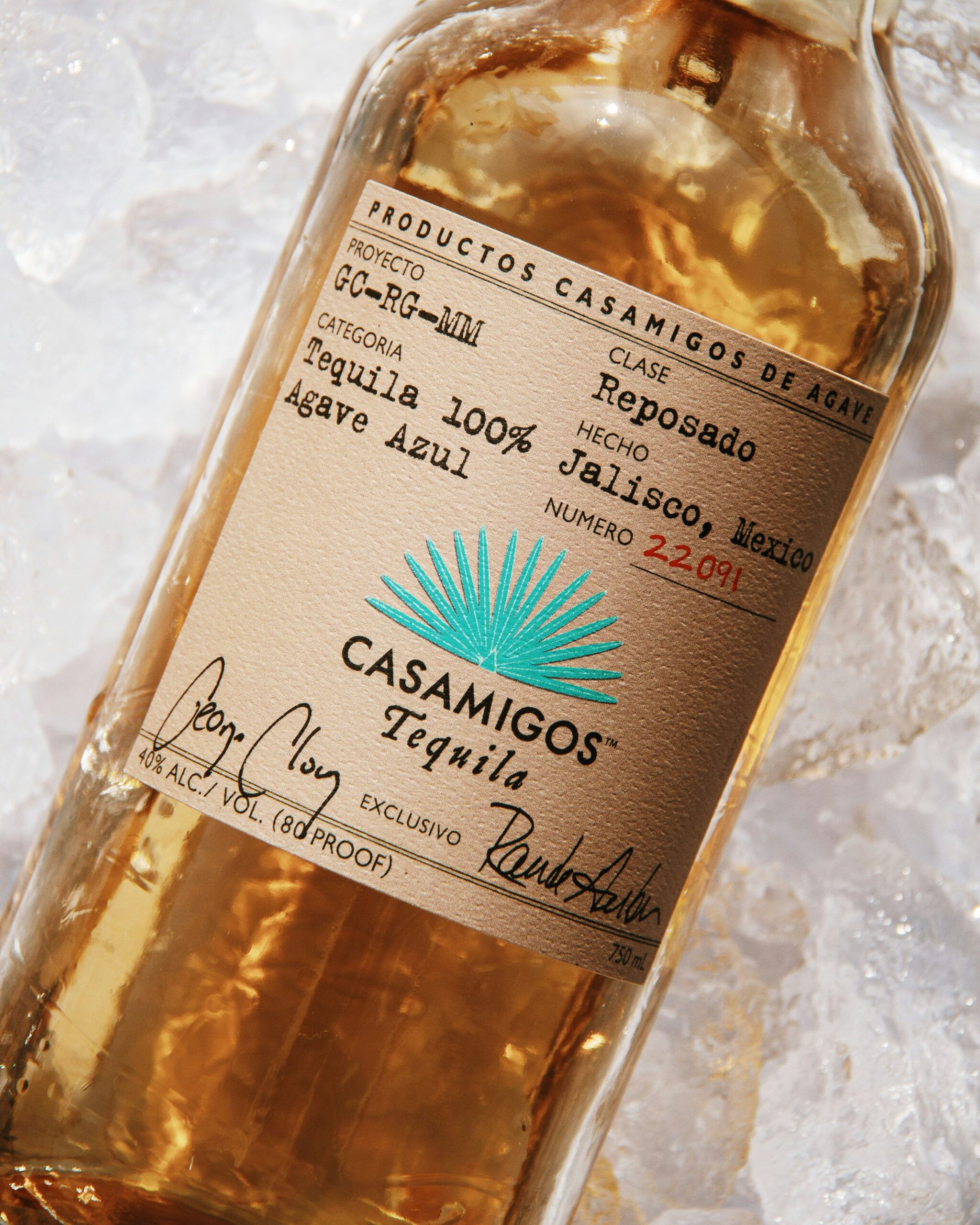What Gives Amber Ale Its Sweet Flavor?
Amber ale is a beloved style of beer known for its rich, sweet flavor profile that appeals to many craft beer enthusiasts. But what gives amber ale its sweet flavor? Understanding the ingredients, brewing process, and flavor characteristics of amber ales can enhance your appreciation for this versatile beer. In this article, we will explore the factors that contribute to the sweet flavor of amber ale, including malt selection, hops, fermentation, and more.
The Essence of Amber Ale
Amber ale is characterized by its deep amber to copper color and a balanced flavor that combines malt sweetness with mild hop bitterness. It typically has an alcohol by volume (ABV) of around 4.5% to 6.5%. This style is popular in the craft beer scene and often serves as a gateway for those new to craft brews due to its approachable flavor profile.
Key Ingredients in Amber Ale
- Malt: The backbone of amber ale is the malt. The selection of malts plays a crucial role in determining the beer’s sweetness and overall flavor profile.
- Hops: While hops are primarily known for adding bitterness and aroma, they also contribute to the beer’s complexity and balance.
- Yeast: Yeast is essential in the fermentation process, influencing not only the alcohol content but also the flavor and aroma of the beer.
- Water: The mineral content of the brewing water can impact the overall flavor, enhancing certain characteristics of the malt and hops.
The Role of Malt in Sweetness
Malt provides the sugars necessary for fermentation, which ultimately influences the sweetness of amber ale. The following types of malt are commonly used in amber ale brewing:
- Base Malts: Pale malt is the primary base malt, providing the majority of fermentable sugars. It has a mild flavor that allows the sweetness of specialty malts to shine through.
- Specialty Malts: Caramel or crystal malts are vital for imparting sweetness and color. These malts are kilned at lower temperatures, leading to the formation of complex sugars and caramelized flavors. The longer the malt is kilned, the darker and sweeter it becomes. For example, a 40L crystal malt will contribute caramel notes without overwhelming sweetness, while a 120L malt will add deep caramel and toffee flavors.
- Chocolate Malts: While not always used in amber ales, a small amount of chocolate malt can provide additional depth and sweetness, enhancing the beer’s overall profile.
The Impact of Hops
Hops contribute bitterness and aroma to amber ales but also play a role in balancing sweetness. The use of hops in moderation ensures that the malt sweetness is not overwhelmed, creating a harmonious flavor profile. Common hop varieties used in amber ales include:
- Cascade: Known for its floral and citrus notes, Cascade hops can complement the malt sweetness while adding a refreshing quality.
- Centennial: Often described as a “super Cascade,” Centennial hops bring additional bitterness and floral aromas, enhancing the complexity of the beer.
- Fuggle: A traditional English hop, Fuggle imparts earthy and herbal notes, providing a counterbalance to the malt’s sweetness.
Fermentation and Yeast Characteristics
Yeast plays a crucial role in the flavor development of amber ales. Different yeast strains can contribute unique flavors, affecting the perceived sweetness of the beer. For example:
- English Ale Yeast: This strain often produces fruity esters and a smooth mouthfeel, enhancing the beer’s sweetness and making it more approachable.
- American Ale Yeast: This strain ferments cleanly and can leave a slightly drier finish, allowing the malt sweetness to stand out more prominently.
The fermentation process also influences the final sweetness of the beer. During fermentation, yeast consumes sugars and produces alcohol and carbon dioxide. If the fermentation is stopped early or if there are residual sugars left unfermented, the beer will retain a sweeter flavor profile.
Water Chemistry
The water used in brewing can significantly impact the flavor of amber ale. The mineral content of the water, including levels of calcium, magnesium, and sulfate, can influence the perceived sweetness and overall mouthfeel. For example:
- Calcium: Enhances the body and flavor stability of the beer.
- Sulfate: Can accentuate hop bitterness, helping to balance the malt sweetness.
- Chloride: Adds a smooth mouthfeel and enhances malt sweetness.
Brewers often adjust the mineral content of their brewing water to achieve the desired flavor profile, making it a crucial element in crafting a balanced amber ale.
The Sweet Flavor Profile of Amber Ale
The sweet flavor of amber ale is not only derived from the malts but also from the interplay of all the ingredients involved. When these elements come together, they create a beer that is both rich and satisfying.
Flavor Notes
Amber ales typically feature a combination of flavor notes, including:
- Caramel and Toffee: These flavors result from the use of caramel malts, contributing to the overall sweetness.
- Nutty and Biscuit-like: Some amber ales may have hints of nuttiness or biscuit flavors, providing a complex palate experience.
- Fruity Esters: The fermentation process can produce subtle fruity notes, enhancing the sweetness and providing a well-rounded flavor.
Examples of Popular Amber Ales
Several commercial amber ales exemplify the sweet flavor profile of this style. Here are a few notable examples:
- Fat Tire Amber Ale: Fat Tire is known for its balanced sweetness and mild hop presence. The caramel malt character shines through, creating a smooth and easy-drinking beer.
- Alaskan Amber: This amber ale features a blend of caramel and roasted malts, producing a sweet and rich flavor with a hint of toffee. It is a staple in the Alaskan craft beer scene.
- Brooklyn Amber Lager: A hybrid beer that combines lager yeast with amber ale characteristics, this brew has a pleasant sweetness with a clean finish, showcasing the balance between malt and hops.
Conclusion
So, what gives amber ale its sweet flavor? The answer lies in the careful selection of malts, the balance of hops, the characteristics of the yeast, and the chemistry of the brewing water. Each of these elements plays a critical role in crafting a beer that is both rich and approachable. Understanding these components can enhance your appreciation for amber ales and guide you in selecting the perfect brew for your palate.
FAQs
- What types of malts are used in amber ale?
- Amber ale primarily uses pale malts, along with specialty malts like caramel and crystal malts to impart sweetness and color.
- How do hops affect the sweetness of amber ale?
- Hops balance the malt sweetness by adding bitterness and aroma, ensuring a harmonious flavor profile.
- Can the yeast used in fermentation influence the flavor of amber ale?
- Yes, different yeast strains can produce unique flavors and affect the sweetness, with some strains leaving more residual sugars.
- What are some popular examples of amber ales?
- Notable amber ales include Fat Tire Amber Ale, Alaskan Amber, and Brooklyn Amber Lager, each showcasing a rich, sweet flavor profile.




